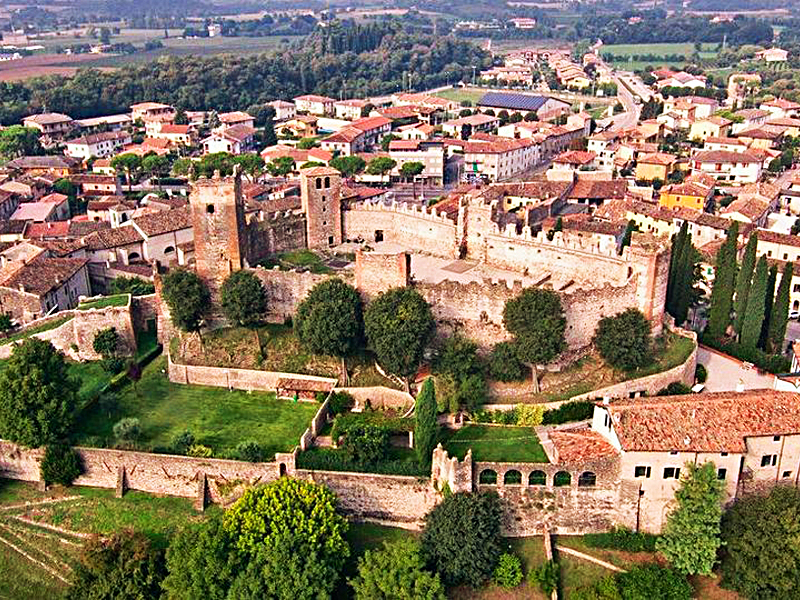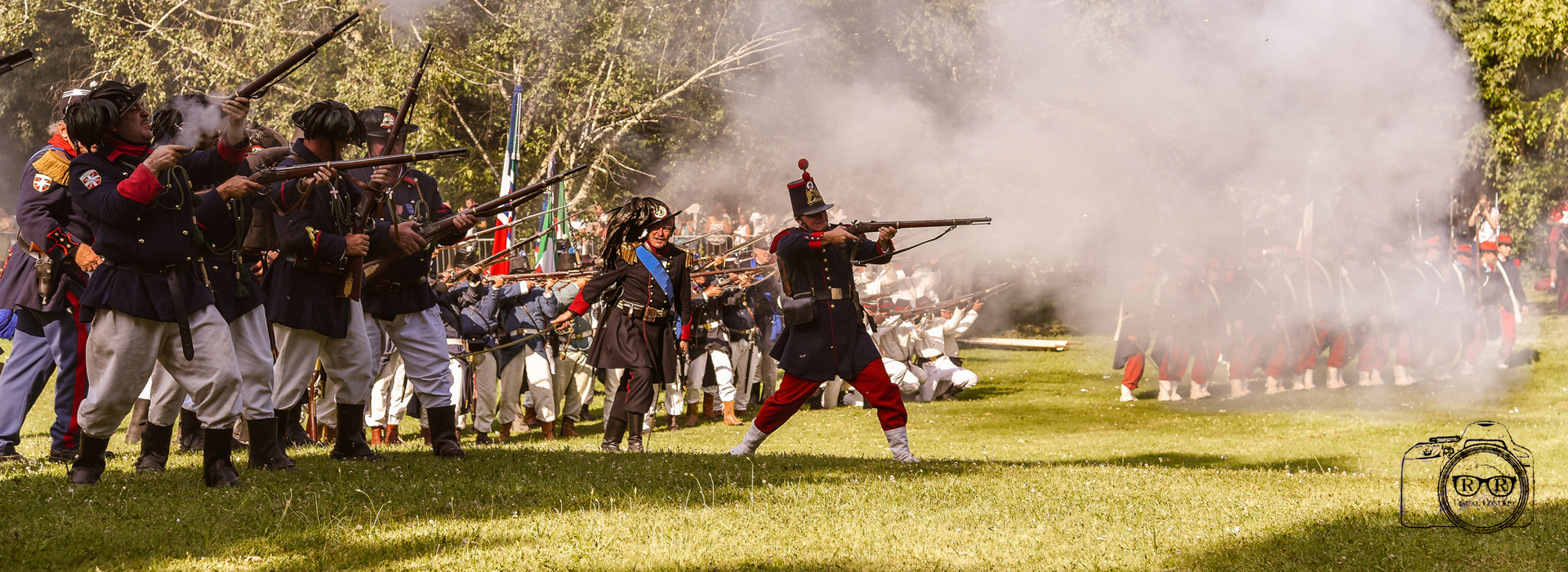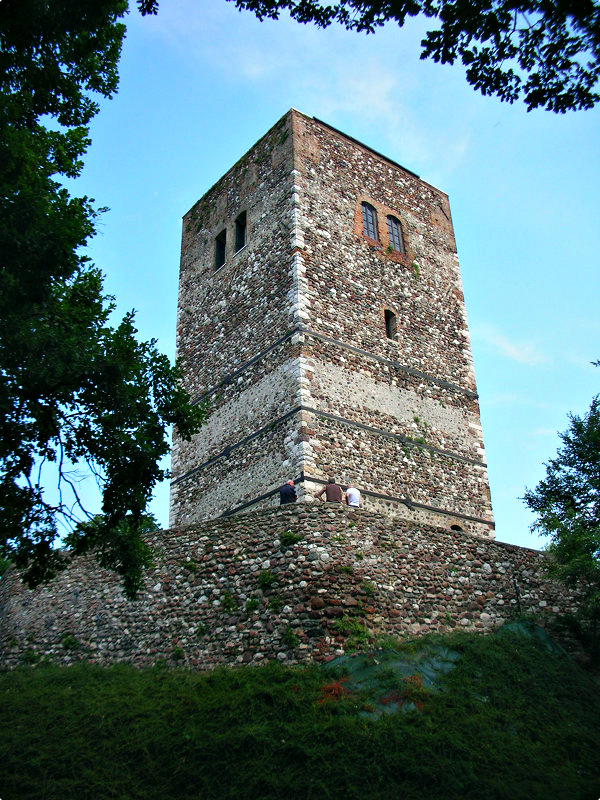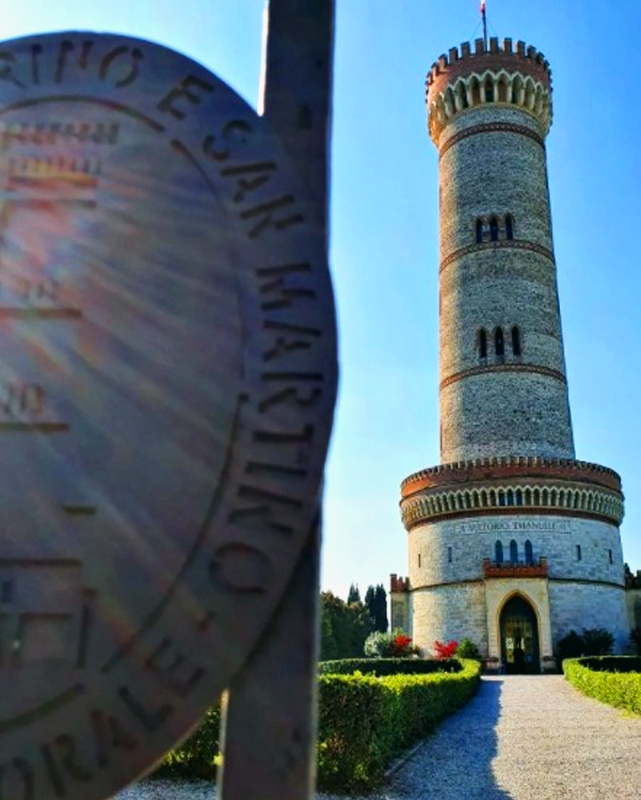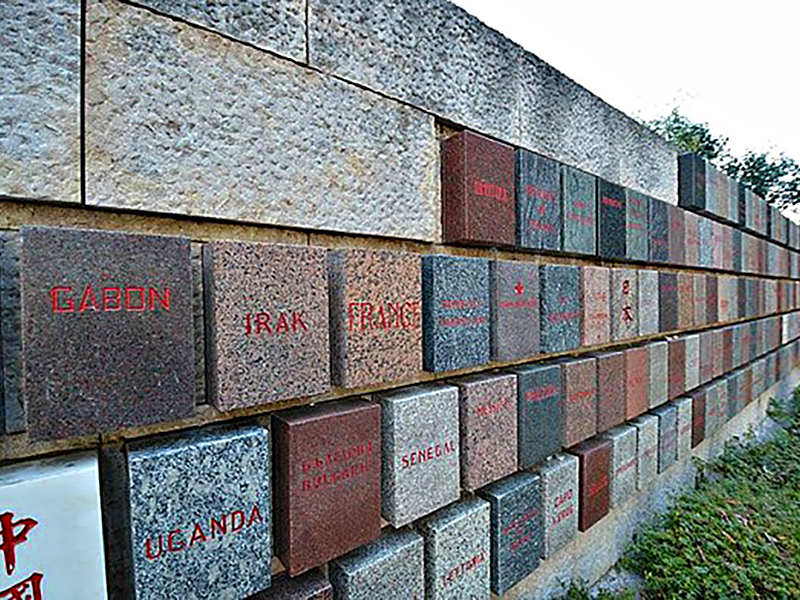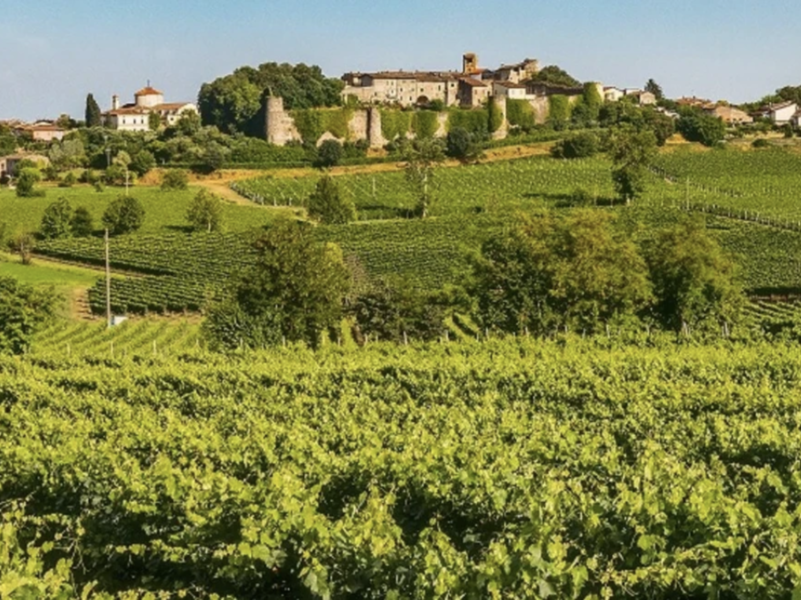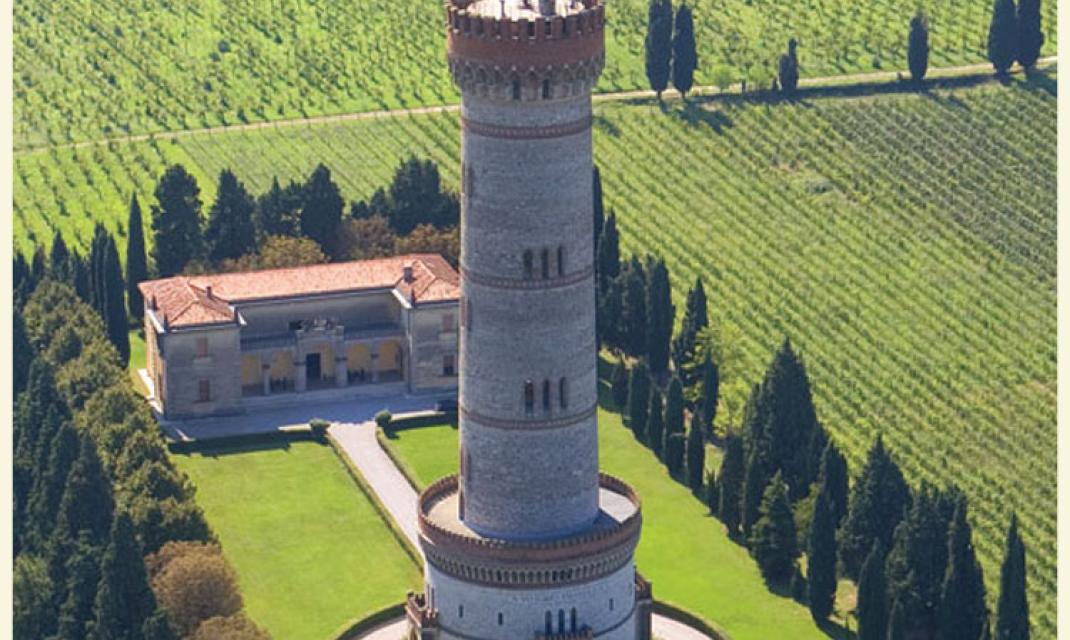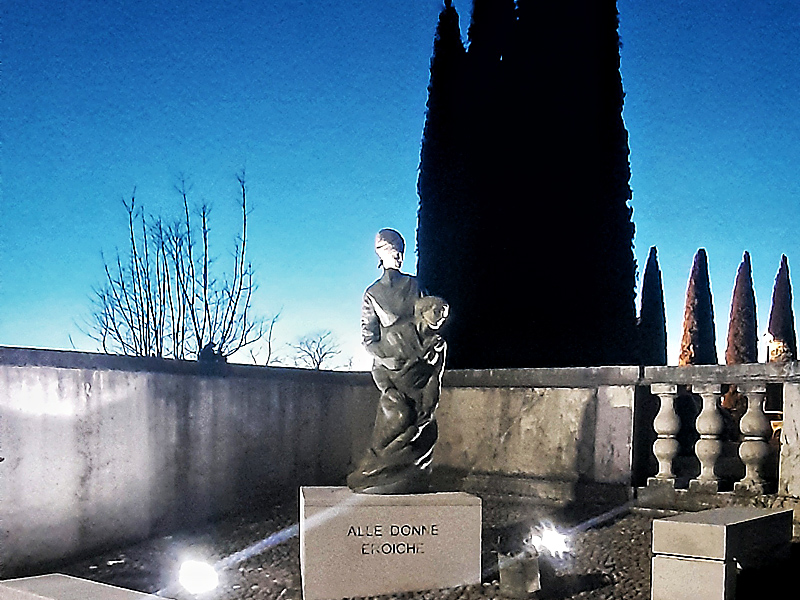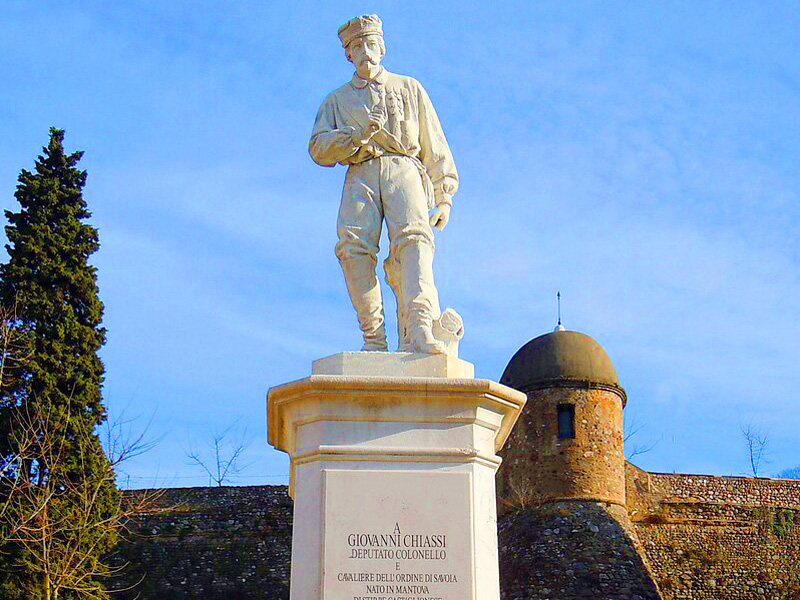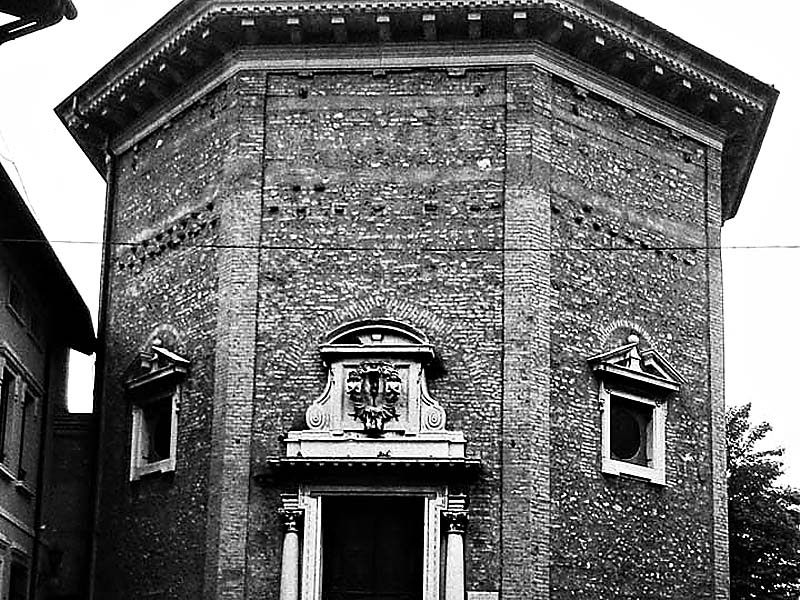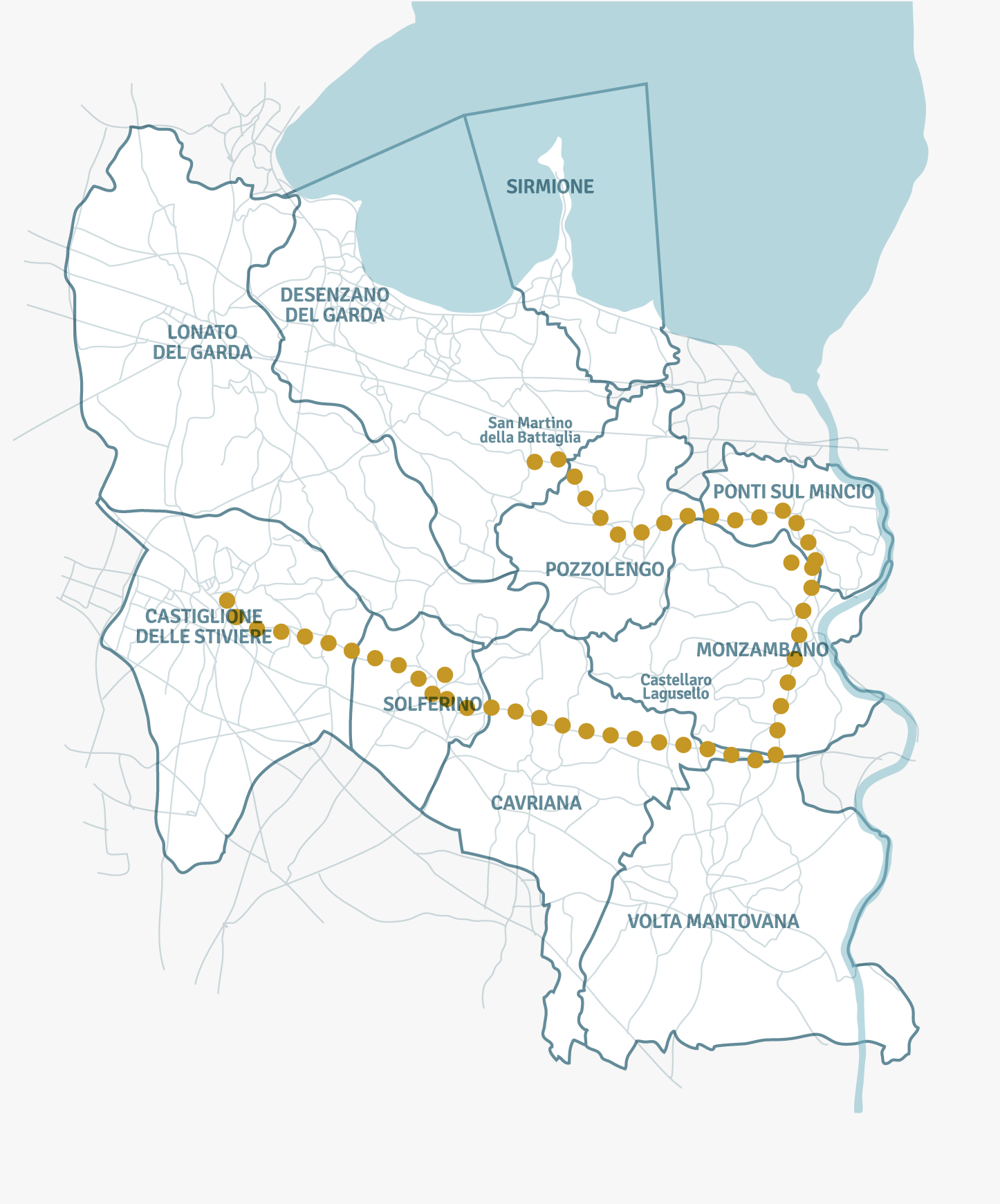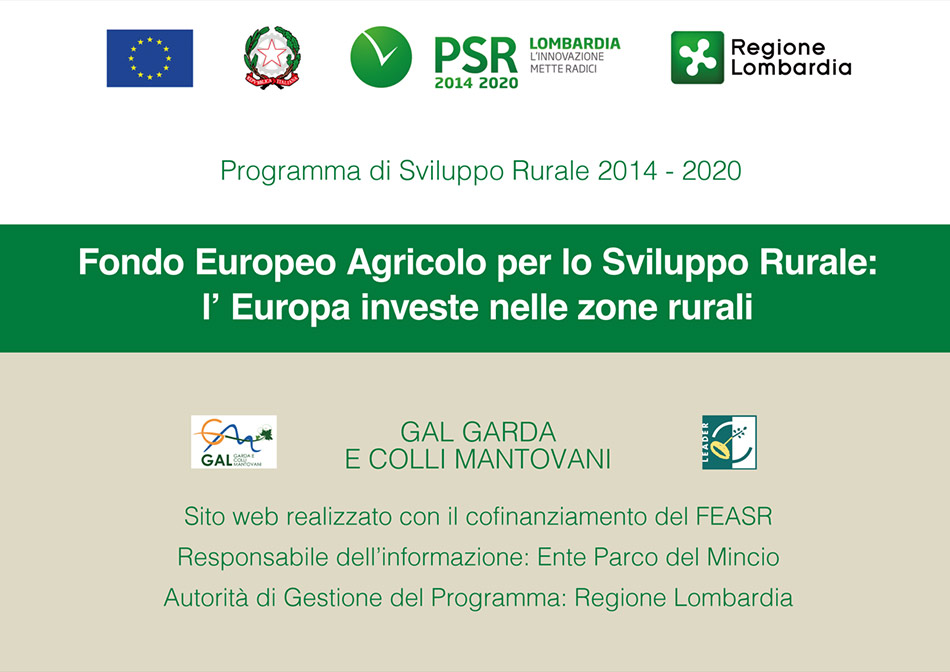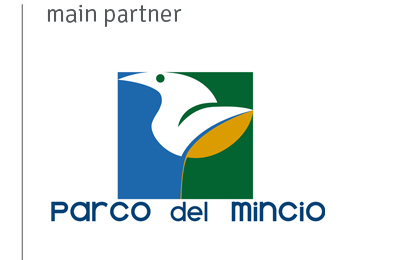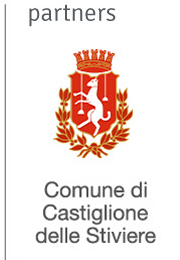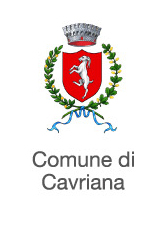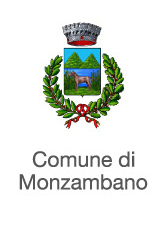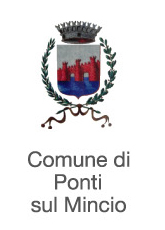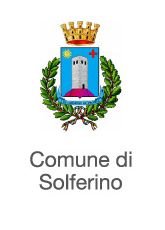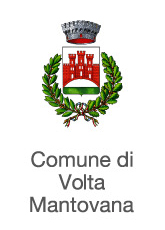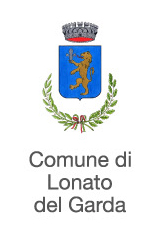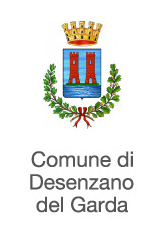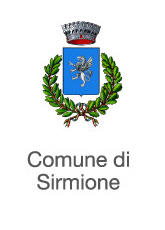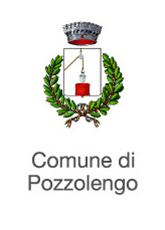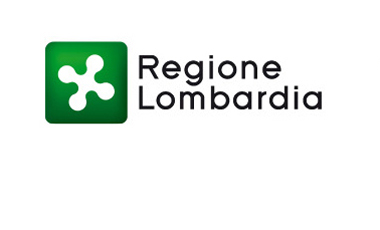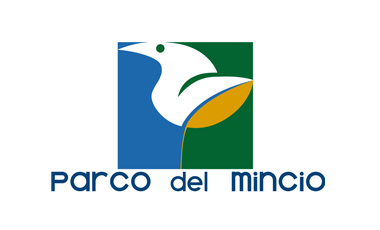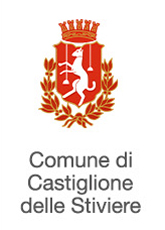![]()
2.1
the places of the battles
the territory became the epicenter of clashes and fighting
The territory has two periods in which it became the epicenter of clashes and fighting:
1. From the second half of the 1300s to the first half of the 1400s.
2. From 1796 to 1866.
This obviously does not mean to ignore or even just underestimate other important events that occurred outside of these two time periods, but rather to highlight a very simple fact, regarding the increase in the frequency with which the communities of the upper Mantua area and of eastern Brescia saw armies from all over Europe clash on their territories.
The fortifications remain evident signs of the first period, to which a specific route is dedicated.
In the second period the territory finds itself at the center of the Great History which manifests itself, as often happens, with arrogance, terror, cruelty but also with the ability to give life to exceptional forms and experiences such as those promoted by Henry Dunant. And so all the municipalities experience moments of those tragedies of the Italian Risorgimento along the battlefields. Moments that today are remembered through local monuments and the representation of the Battle of San Martino and Solferino.
A path is proposed here that takes shape from the historical story, from which it is possible to build one’s own personal path, to discover the sites of memory dedicated in each reality.
In the following 200 years from the first period, Italy and its states, now relegated to the margins of the “Great History”, were at least lucky enough not to see on their soil bloody conflicts like those that broke out in France or like that in Flanders. However, it is significant that the only war of any importance involving Italy in the 17th century, that for the succession of Monferrato (1628-1631), had an aftermath in that of Pozzolengo, which resisted for about ten days to the infamous Landsknechts and also to Cavriana, whose castle was instead conquered and devastated.
After a long period of peace, the War of the Spanish Succession, a now forgotten war, will affect the countryside of Castiglione delle Stiviere (where, moreover, a rebellion had recently occurred which had forced Ferdinand II Gonzaga to abandon his possessions , a fairly unique case in Italy). A war, however, which also had a local importance, given that it also decided the subtraction of the Duchy of Mantua from the Gonzaga-Nevers and its insertion, more or less organic, into the complex imperial organism. Well, on 8 September 1706 on the fields of Castiglione delle Stiviere a real pitched battle took place between the French and the imperials which ended with the victory of the former. To give an idea of the importance of the war for the Mantua context, it is worth remembering that 4 years earlier, on 15 August 1702, another bloody battle had taken place in Luzzara, a locality then included in the Duchy. In fact, the War of the Spanish Succession greatly devastated the territory of our interest: the castle of Castiglione itself was demolished.
During the War of the Polish Succession (1733-1738) and that of the Austrian Succession (1740-1748), the territory straddling the Mincio did not see any military events take place, but it is interesting to note that they occurred in the south, right in attempt to circumvent and undermine this notable defensive line, held by the imperial troops. Essentially, in both wars the Mincio and the hills served the court of Vienna to implement a defensive-counteroffensive strategy which proved successful in both cases.
The southern Garda area forcefully entered the Great History of the Risorgimento in 1796: it remained there until 1866. 70 years full of battles, fights, clashes, heroism and suffering; 70 years in which Napoleon, in the wake of his victories, first managed to form the Cisalpine Republic (whose banner would be the green, white and red tricolor flag), then the Italian Republic and finally the Kingdom of Italy (also called the Kingdom Italian).
And so here is the Battle of Lonato and Castiglione delle Stiviere at the end of July and beginning of August 1796, the multiple battles that occurred on the hills between Cavriana and Monzambano in the 1800 campaign (including a battle, that of Pozzolo, fought on Christmas!). And as from alpha to omega, if Castiglione was Napoleon’s first great field victory, the battle of the Mincio, fought on a very broad front from Volta Mantovana to Peschiera del Garda, will be the last victory of Napoleon’s eagles on Italian soil, on the 8th February 1814.
The Restoration returned thirty years of peace to our territories, but when, in 1848, the small Piedmont decided to go to war with the First War of Independence against the immense Austrian Empire, the front line was once again right on our hills , where fighting takes place all spring and for a good part of the summer. In Monzambano, on 9 April, the Savoy horse artillery, called “voloire”, i.e. “flying” due to its ability to move quickly and open fire at close range: in the current Italian Army there remains a regiment called “Horse Artillery”, despite having undergone obvious transformations due to the advancement of technology . In the subsequent Battle of Volta Mantovana, substantially unknown in its precise development except thanks to the few lines dedicated by Piero Pieri, it is the final act of that cycle of clashes which entered history as the “Battle of Custoza”, which in fact marked the defeat of the Savoy’s ambitions to annex Lombardy. As we will see, it is no coincidence that there will also be fighting on our hills, since they themselves were essentially part of that remarkable strategic system that went down in history as the “Quadrilateral”.
In the subsequent Second War of Independence, with the grandiose, tragic and yet glorious, Battle of San Martino and Solferino, which took place for at least two thirds in the territories of Castiglione, Solferino, Cavriana, Pozzolengo, Desenzano, but also with repercussions in the other surrounding municipalities in terms of assistance to the wounded, what, with happy intuition, Costantino Cipolla called the “ridge of ridges” takes place: after these military events, Italian Independence will be a process that will never be stopped. To also plastically sanction the importance of these places, on the initiative of the senator of the Kingdom Luigi Torelli, the San Martino and Solferino Society was born whose objective is the preservation of the memory of the battle in the broader context of the Italian Risorgimento. Furthermore, if the contribution of human lives and human suffering was certainly very high, it will also be worth remembering that it was precisely as a consequence of this battle that the idea of the Red Cross was born in Henry Dunant and that Solferino itself is today the place symbol of peace between Italy, France, Austria and Hungary. Finally, it should not be forgotten that the famous argument between King Vittorio Emanuele II and Camillo Benso, Count of Cavour, took place in Monzambano, which caused the resignation of the latter.
In the subsequent Third War of Independence, the hills west of the Mincio saw the Italian Army march for the first time: soldiers now coming from all over the country, and not just from some regions, moved against the Austrians. In the Battle of Custoza on 24 June 1866, the territory of Monzambano was particularly affected by the fighting, particularly in the locality of Olfino; the wounded were then mostly sorted, initially at least, to the neighboring hilly municipalities. We conclude this quick overview by recalling that the territory of our interest was in danger of being affected by war again in 1917, when, immediately after Caporetto, the allies, in the Peschiera congress, suggested to King Vittorio Emanuele III to withdraw the army behind the Adige or even behind the Mincio: fortunately, at least on that occasion, the king took the wisest decision and decided to resist on the Piave, thus saving devastation and mourning in a territory that had already suffered for the redemption of Italy.

